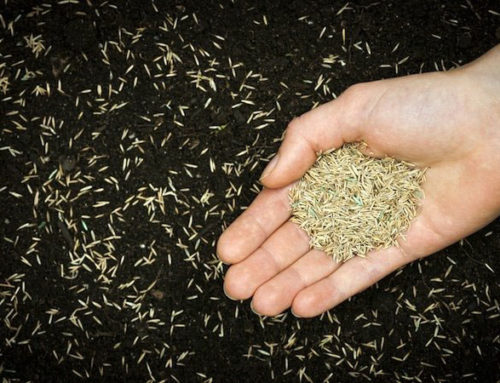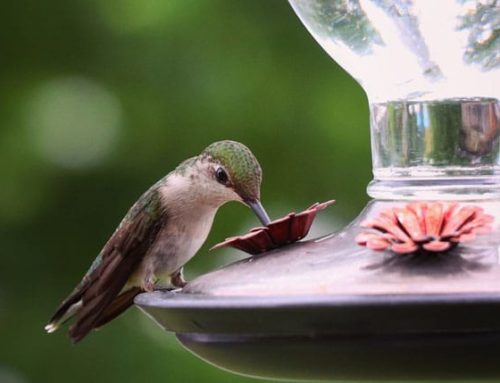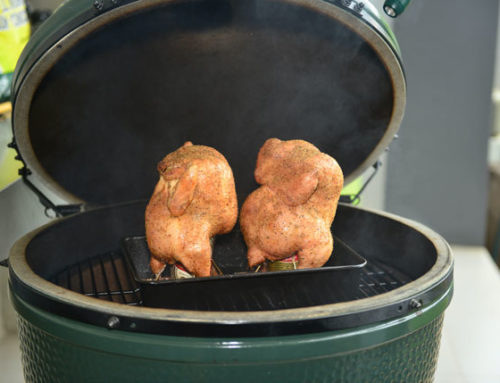
For centuries, pest removal has been a serious concern for people. In fact, it has become part of our everyday life since we started growing crops.
Over the centuries, pest control has evolved into several types, which have all proven to be effective in their own distinct way. Today, pests not only affect crops but they also attack carpets, furniture, food and use people as food. Homeowner and landlords know how hard it can be to get rid of these little creatures. If you’re renting a property, you want to make sure it’s covered in the tenancy agreement, warns TacomaPMC.com.
What Is A Pest?
A pest is an animal or insect that causes damage to a crop or plant. It is possible for an animal or insect to be a pest in one setting and advantageous in another.
Pests come in all shapes and sizes. Common pests include:
- Locusts and grasshoppers which bite the top of seedlings
- Caterpillars, weevils, and beetles, which devour leaves. (However, it is important to bear in mind that butterflies are valuable as regards pollination.)
- Aphids, which weaken the plant and spread disease by piercing the leaf or stem and suck the sap.
- Borers that weaken the plant. Stem borers and termites are good examples.
- Large animal pests such as rats, monkeys, and birds that eat plants and seeds.
With that in mind, here are the four main types of pest control methods.
Natural pest control
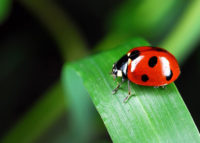
This type of pest control method, however, isn’t always as effective as chemical pesticides.
It goes without saying that natural pest control methods are safer for other organisms and plants. As such, they are regarded as being the “safer” method.
Controlling pests via natural methods can take two forms: plants and predators.
Predators:
- Insects – Some insects eat other insects. The ladybird is a good example of this. It only eats aphids, such as blackfly and greenfly, and they don’t eat beneficial insects. On average, they can eat up to 50 aphids a day.
- Animals – Most small animals eat insects and other pests. Toads, for example, can consume thousands of insects a month, including caterpillars, ants, and slugs. Snakes eat rodents and spiders eat insect pests as well.
- Birds – Birds also make good predators because they eat insect pests.
Plants:
- Certain plants can be used to deter pests. Garlic or onions, for example, planted around a crop will discourage insects because of the smell.
- Companion planting can also be an effective way to control pests. If melons, for example, are planted next to radishes, beetles will not move between rows of melons because they dislike the taste of radishes.
Chemical pesticides
This is the most common type of pest control. They are designed to target specific pests. They are synthetic.
The various types of chemical pesticides include:
- Rodenticides – These are designed specifically for the extermination of rodents like mice and rats. They are produced and applied in the form of food.
- Nematicides – This chemical pesticide kills nematodes that parasitize on plants. The most popular type is non-fumigant nematicide.
- Insecticides – These chemical substances are used to exterminate insects. They successfully help to eliminate insects and any life stage, including larvae, eggs, larvicides, and ovicides.
- Fungicides – These are chemical compounds or organic organisms with biocidal properties, which help destroy fungal spores.
Biological pest control
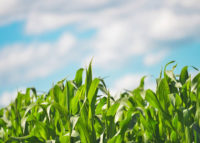
- Parasitoids – They lay eggs in the body of the host (insect), eventually killing the host. Later developing larva and use it as a source of food.
- Fungi – The fungi Entomophaga is effective against pests namely green peach aphid.
- Viruses – The use of insect viruses as a controlling agent is still in inception.
- Bacteria – Bacteria belonging to coccobacillus group are more pathogenic to insects. They infect the digestive tract of insects thus limiting the options.
- Pathogens – Virus, bacteria, and fungi are relatively pathogenic microorganisms that are host specifics or kill their host.
- Insect predators – They are mainly free-living species that consume preys in large numbers during their lifespan.
Mechanical pest control
Mechanical pest removal means to directly remove or kill pests. It involves doing things like:
- Using traps such as sticky traps for insects, rodent traps or slug and snail traps (made from a mixture of water and yeast).
- Installing barriers to protect plants. For example, covering fruit to protect it from fruit flies and netting to stop birds pecking.
Each year, pests cause an estimated $30 billion in damage to crops and manufactured structures in the United States. Who would have ever thought such tiny creatures could wreak so much havoc?
While you can try to combat them, there is only so much you can do on your own. For better control, hire professional pest services or stop by your local hardware store like Johnsons Home & Garden where you can find some great advice and tips on pest control!

